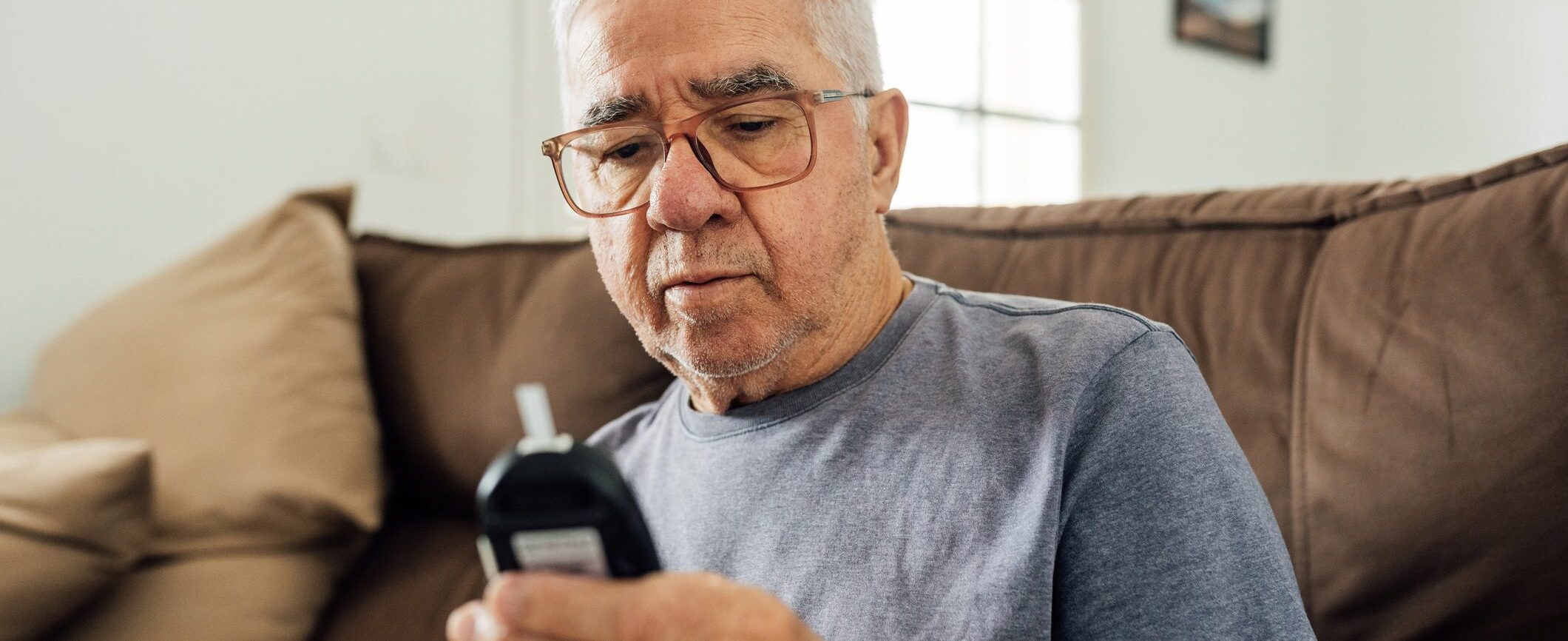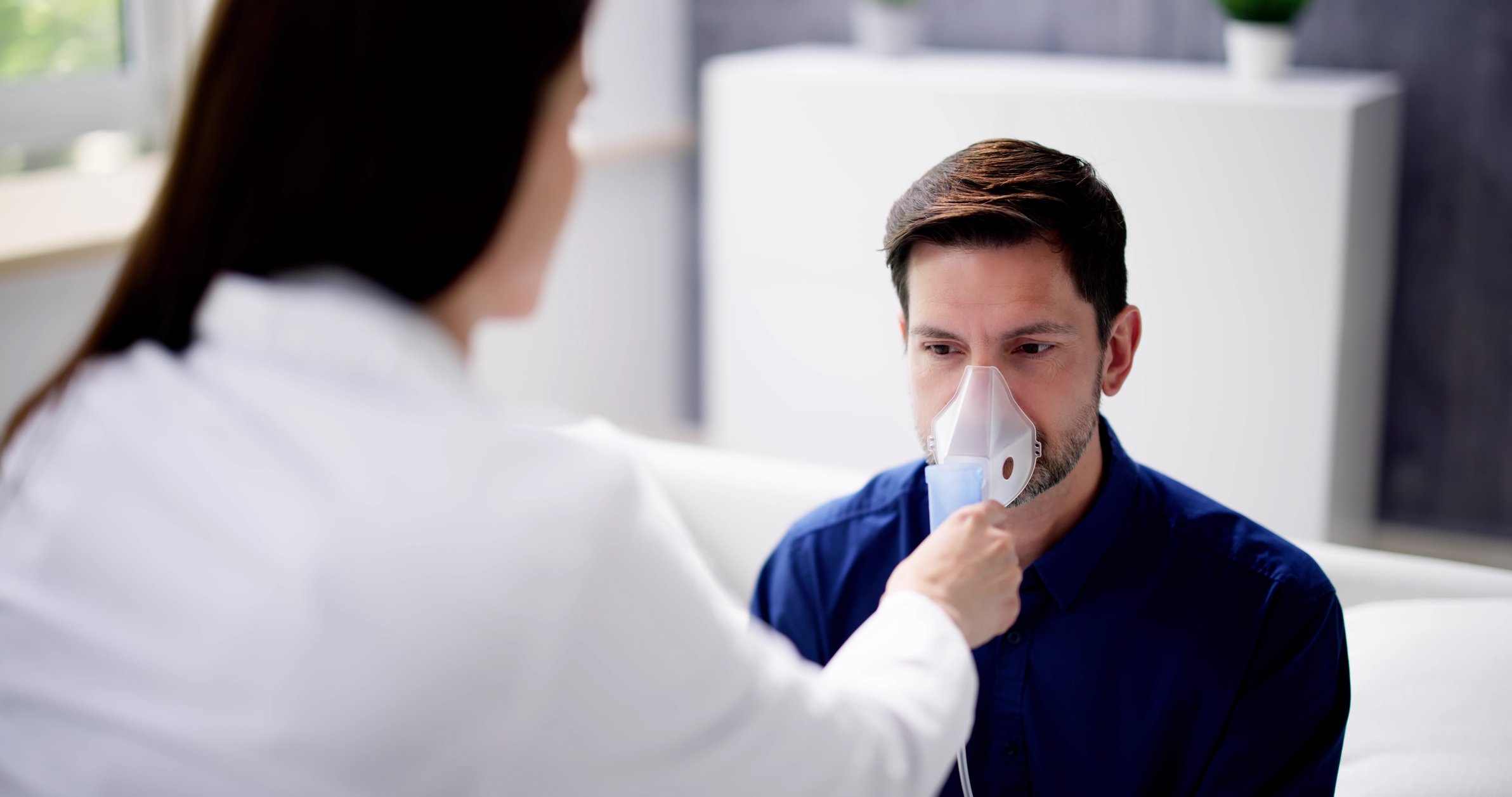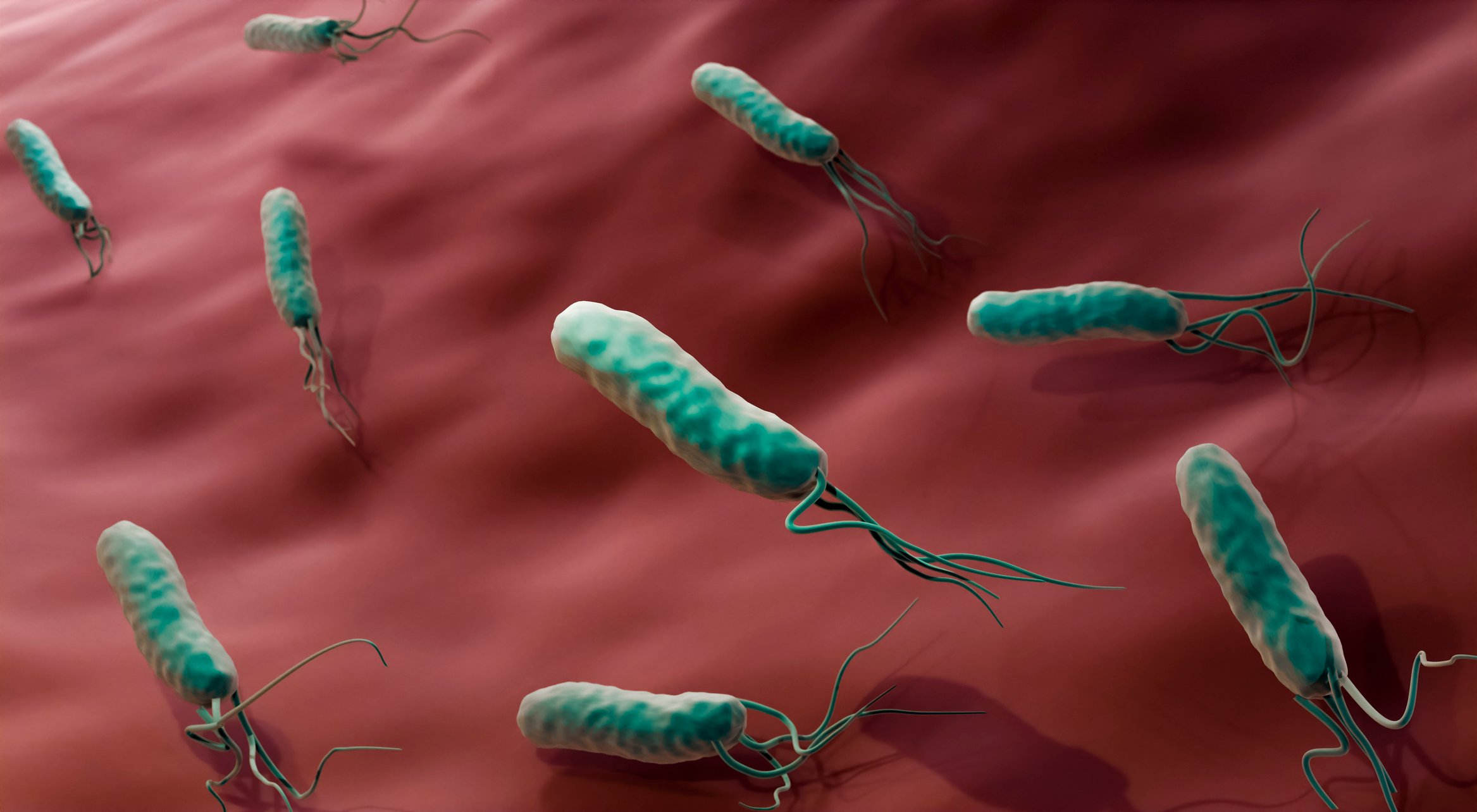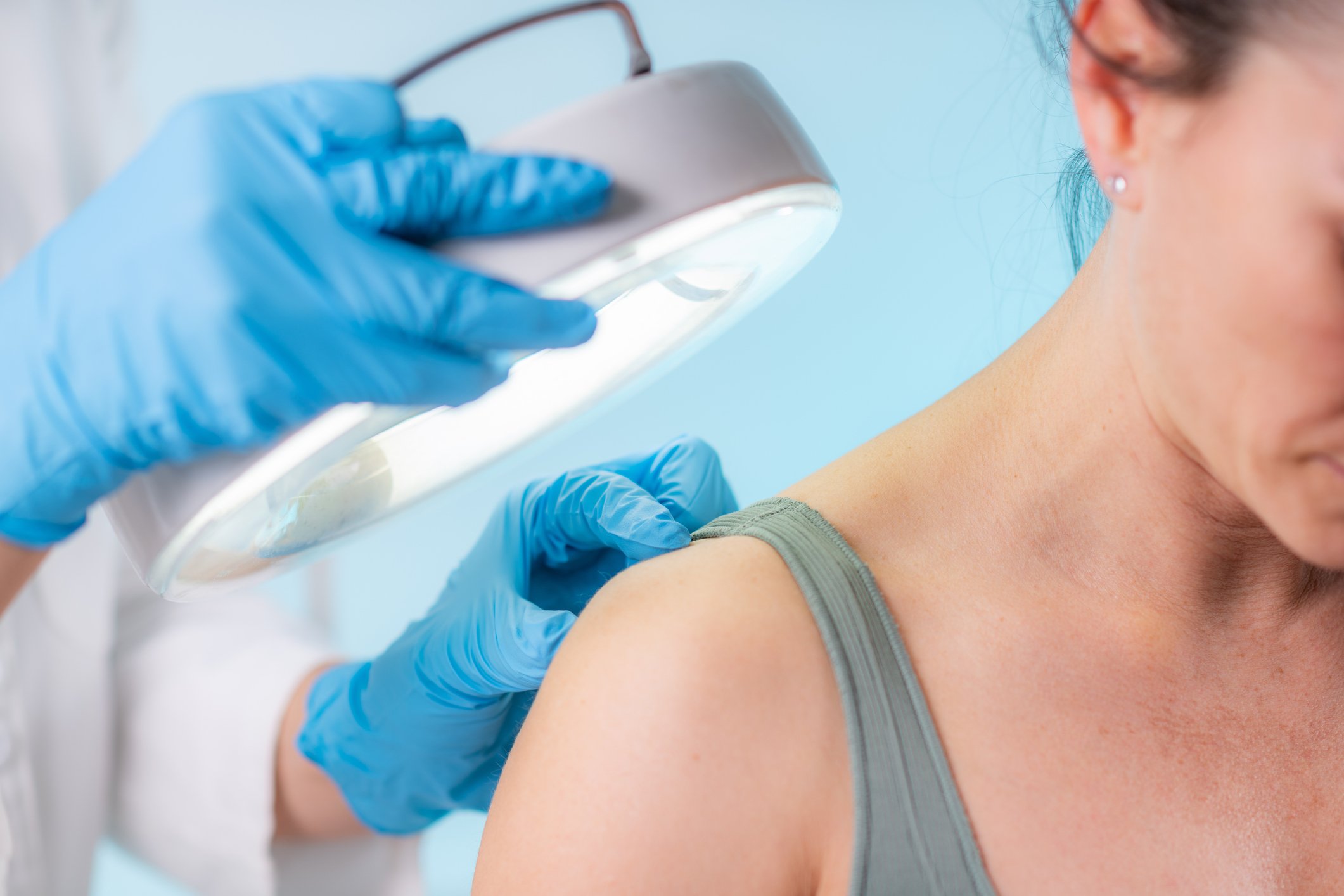Pulmonary hypertension (PH) describes a hemodynamic condition with a pathological increase in pressure in the pulmonary vascular circulation. Clinically, PH causes reduced performance, shortness of breath, angina and syncope. In late stages, all signs of right heart failure are added, from which patients typically die.
Autoren
- Dr. med. Yaosi Li
- Dr. med. Daniel Grund
Publikation
- CARDIOVASC
Related Topics
You May Also Like
- Adherence in severe or poorly controlled asthma
Digital monitoring with potential for greater treatment adherence
- Crohn's disease and depression
Significant psychological stress for CD patients
- Epilepsy
Cannabidiol for refractory epilepsy syndromes
- Stomach cancer and Helicobacter pylori
A question of income?
- Prurigo nodularis and AD
Effective itch relief through inhibition of the IL-31 signaling pathway
- Cutaneous Crohn's disease
Effective alternative to TNF inhibitors
- Palliative care symptom and needs assessment.
What screening tools are helpful?
- Benralizumab in a patient with asthma and EGPA











